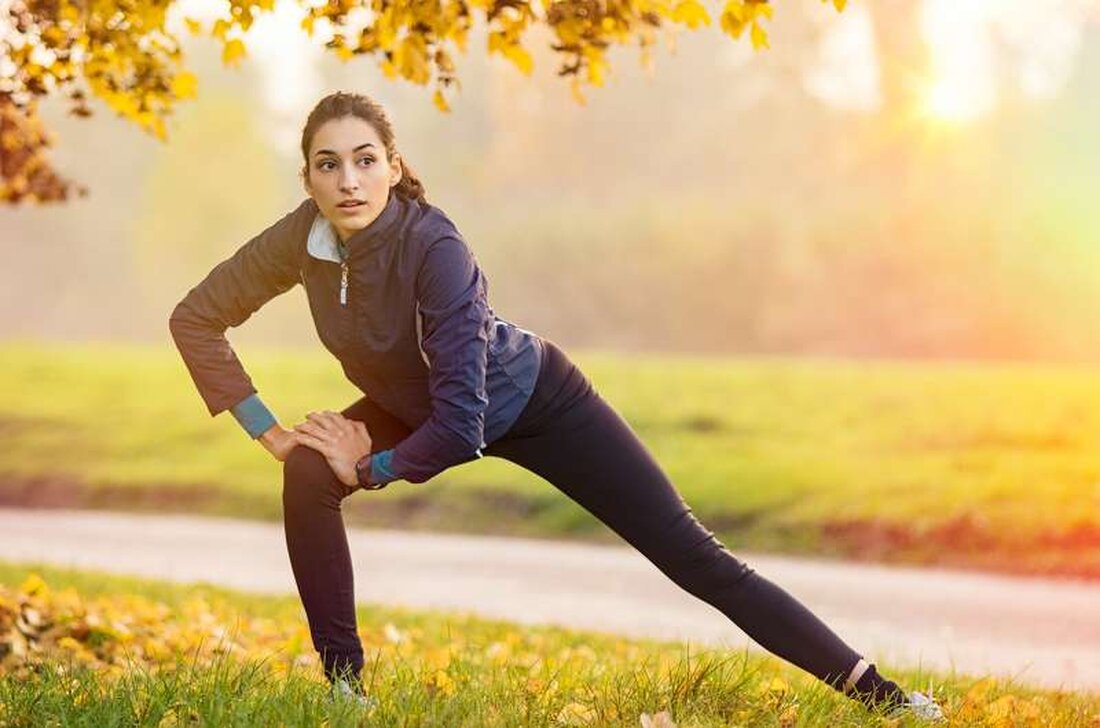Train smart and warm up. An osteopathic approach.
Warming up may not be the goal of training, but this preparation phase is still important. Without a warm-up, we cannot reap the full benefits of our workout and also increase the likelihood of injury. A comprehensive warm-up should include three components: a general phase, an activity-specific phase, and an individual-specific phase. However, let's start with the underrated psychological aspect of warming up. Transition and Introspection The warm-up serves as a bridge between daily life and our movement practice (we will discuss this in more detail in this article). Switching into this training mode focuses the mind inward and brings awareness into the physical...

Train smart and warm up. An osteopathic approach.
Warming up may not be the goal of training, but this preparation phase is still important. Without a warm-up, we cannot reap the full benefits of our workout and also increase the likelihood of injury.
A comprehensive warm-up should include three components: a general phase, an activity-specific phase, and an individual-specific phase. However, let's start with the underrated psychological aspect of warming up.
Transition and introspection
The warm-up serves as a bridge between daily life and our movement practice (we will discuss this in more detail in this article). Switching into this training mode focuses the mind inward and brings awareness into the physical body.
This period of reflection gives us the time to recognize pain that could lead to injury.
For example, during your warm-up, you notice that your knee feels a little sore when you squat. Now that you have noticed this, you can take action by completing the rehab exercises prescribed by your osteopath. By taking the time to mobilize and activate certain tissues, you have significantly reduced the likelihood of injury. And you may not have noticed any pain announcements if you haven't completed a warm-up.
We should also use the warm-up period to note our general stress levels and consider what might be the most productive use of our time.
For example, if we only slept 4 hours last night and had a heated argument with a loved one, exercising at maximum effort probably wouldn't be ideal. **It will be important to listen and scale up or down your session appropriately to avoid injury and maximize your training potential.
**A consistent exercise routine is important to achieve positive adaptation. You shouldn't miss a session if you are a little tired. Instead, consider rescheduling it and/or reducing the intensity.
If you are constantly exhausted, sick, injured, and experiencing unrelenting discomfort, it may be time to re-evaluate your training goals and life stress. We all have a limited source of energy. Let's be careful how we use them. **
The general warm-up
The iconic general warm-up is exactly what you think. This consists of two parts: increasing the heart rate and moving the joints over the entire range. These goals can be achieved together or separately. Some common exercises are: jogging, high knees, butt kicking, jumping, arm circles, hip circles, etc. These movements are important to get everything moving. They promote blood circulation, lymphatic flow, muscle activation, oxygen circulation, metabolite removal and heat buildup throughout the body. One of the goals of a warm-up is to increase the suppleness of the tissue. We want our muscles to be supple to produce strength and withstand tension. We also want our joints to glide, glide, and roll smoothly to allow for safe and efficient movement.
Activity-Specific Preparation
In addition to our classic warm-up, we would like to complement it with activity-specific preparation. Different physical activities place different strains on the body and this should be reflected in this movement preparation phase. Our specific movement preparation also stimulates specific mind-muscle connections so that we remember how to complete a specific skill. This special preparation will stimulate both large and small muscles responsible for stabilizing and generating force.
Let's take dancing as an example. We can see that this activity involves a variety of movement challenges, including end range movements, speed fluctuations, high impact, and unusual changes in direction. It would be advisable to do an activity-specific warm-up that mimics the movements to come at a lower intensity. Therefore, dancers can warm up with (increasingly harder) high kicks, quick turns, deep lunges, hops, and basic repetitive steps.
Individual warm-up exercises
Due to our individual exercise/injury history, we may need to warm up certain areas of our body that feel stiff longer. You may even have specific exercises prescribed by your osteopath for this exact limitation... What a great time to do your rehab exercises! A good practitioner would have taken into account the various stresses placed on your body by your chosen physical activity, considered your weaknesses, and designed a series of exercises to promote pain-free function.
Warm-ups are important for a variety of reasons. I highly recommend you save time in your training schedule for them.

 Suche
Suche
 Mein Konto
Mein Konto
